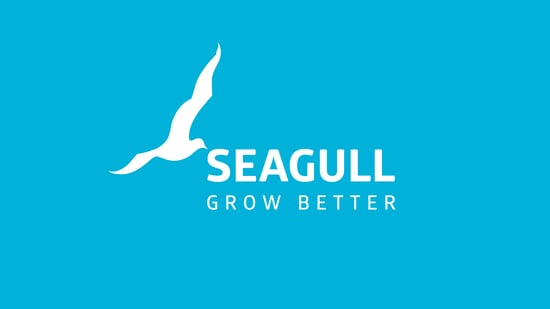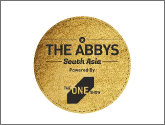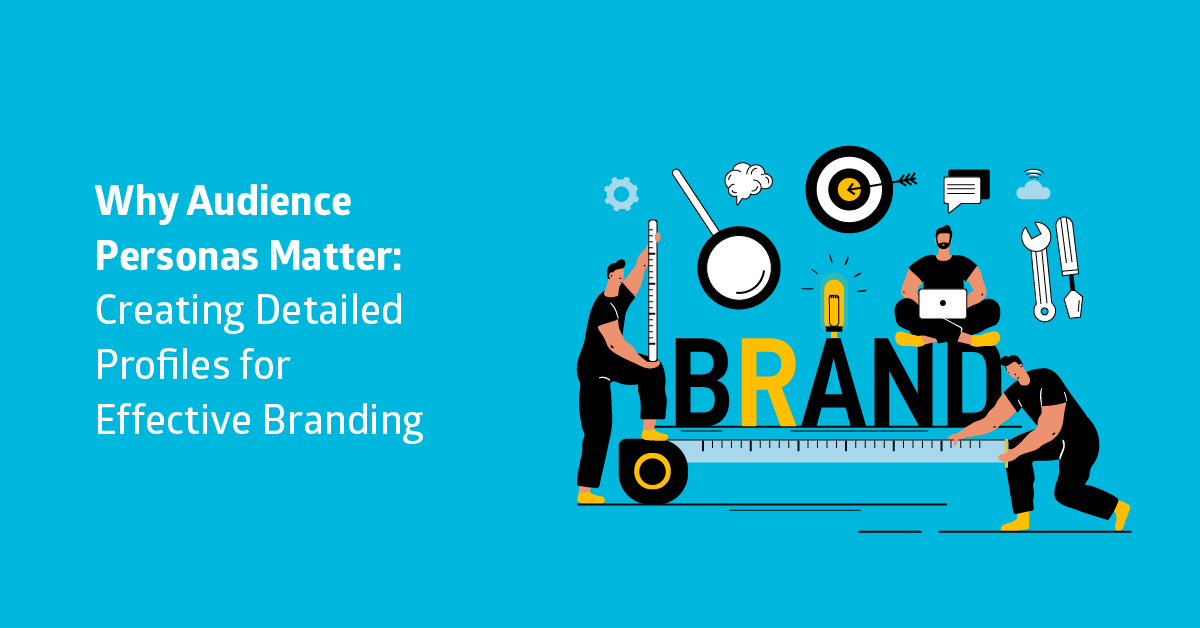The Power of Strategic Advertising: How to Stand Out in a Crowded Marketplace
Posted: May 24, 2024 | Author: Seagull Advertising

In today’s fast-paced digital era, consumers are bombarded with advertisements from every direction. With thousands of brands vying for attention, standing out in a crowded marketplace could turn out to be tougher than expected. Having said that, this daunting process could easily be converted into an easier one with strategic advertising. Yes. Strategic advertising can help your brand create that unique identity, establish a firm recall value and make a lasting impression. This blog explores the power of strategic advertising and offers actionable insights on how to make your brand shine in a competitive landscape. In addition, this blog also introduces you to an advertising agency that has aced this game with its effective branding strategy - Seagull Advertising. Read on.
Let us first understand what strategic advertising means
No. We won’t throw a heavily worded definition consisting of unpronounceable jargons at you. Strategic advertising is no rocket science. It is a simple yet powerful tool in advertising that involves a well-thought-out plan that aligns with your business goals and resonates with your target audience. That is it!
What strategic advertising does for you is that it ensures every advertising effort is purposeful, measurable, and tailored to drive specific outcomes.
Now let us break down this really simple process into its components.
Key Components of Strategic Advertising
A branding strategy must be aligned with clear objectives: Define what you want to achieve with your advertising campaign. Whether it's brand awareness, lead generation, or customer retention, having clear objectives guides your strategy and helps measure success.
Define your target audience: Understand who your ideal customers are. Detailed buyer personas based on demographics, psychographics, and behavior help create relevant and compelling advertisements.
Unique Selling Proposition (USP): Identify what sets your brand apart from competitors. Your USP should be the cornerstone of your advertising messages, highlighting the unique benefits and value you offer.
Consistent Messaging: Ensure your advertising messages are consistent across all platforms. Consistency builds brand recognition and trust.
Creative Excellence: Invest in high-quality creative content. Eye-catching visuals, engaging copy, and innovative formats can capture attention and leave a memorable impact.
Optimal Channels: Choose the right mix of advertising channels based on where your target audience spends their time. This could include social media, search engines, TV, radio, print, or out-of-home advertising.
Performance Metrics: Establish key performance indicators (KPIs) to track the effectiveness of your campaigns. Regular analysis and optimization are crucial for continuous improvement.
Once you have the strategy in place, you should then focus on making your communication as effective as possible. Again, this is not rocket science. All you need to do is -
Develop a Strong Brand Identity
A strong brand identity differentiates you from competitors and creates a strong recall value. A strong brand identity is crucial for an effective branding strategy and includes your logo, color palette, typography, and brand voice. Ensure that all elements of your brand identity are cohesive and reflective of your brand values.
Create Engaging Content - Tell a Story
Make sure your content has enough intriguing and engaging elements in it to make it shareable and worth remembering. Storytelling is a powerful tool that can evoke emotions and build a deeper connection with your audience. Incorporate stories that align with your brand message and resonate with your target audience.
Leverage the Power of Data and Analytics
Data-driven advertising allows you to make informed decisions and optimise your campaigns for better results. Use analytics tools to track performance metrics such as click-through rates, conversion rates, and return on ad spend (ROAS). A/B testing different ad creatives and messages can also help identify what works best for your audience.
Utilise Social Media
Social media platforms offer unparalleled opportunities for targeted advertising. Platforms like Facebook, Instagram, LinkedIn, and Twitter allow you to target specific demographics with precision. Utilise social media advertising features such as sponsored posts, influencer partnerships, and user-generated content to enhance your reach and engagement.
Invest in Search Engine Marketing (SEM)
Search engine marketing, including pay-per-click (PPC) advertising and search engine optimization (SEO), is critical for capturing high-intent traffic. PPC ads appear at the top of search engine results pages, ensuring visibility for relevant keywords. Meanwhile, SEO helps improve organic rankings, driving long-term traffic and credibility.
Leverage the Power of Video
Video content is highly engaging and can convey complex messages quickly and effectively. Platforms like YouTube, TikTok, and Instagram Reels are ideal for video advertising. Create high-quality video ads that showcase your products, tell your brand story, or provide valuable information to your audience.
Implement Retargeting Strategies
Retargeting helps keep your brand top-of-mind for potential customers who have previously interacted with your website or ads. By showing them relevant ads as they browse other sites, you can encourage them to return and complete their purchase. Retargeting is particularly effective for increasing conversion rates and reducing cart abandonment.

If you too wish to leverage the power of strategic advertising, get in touch with Seagull Advertising. Seagull Advertising with its effective branding strategies has helped over 100 brands soar higher.





